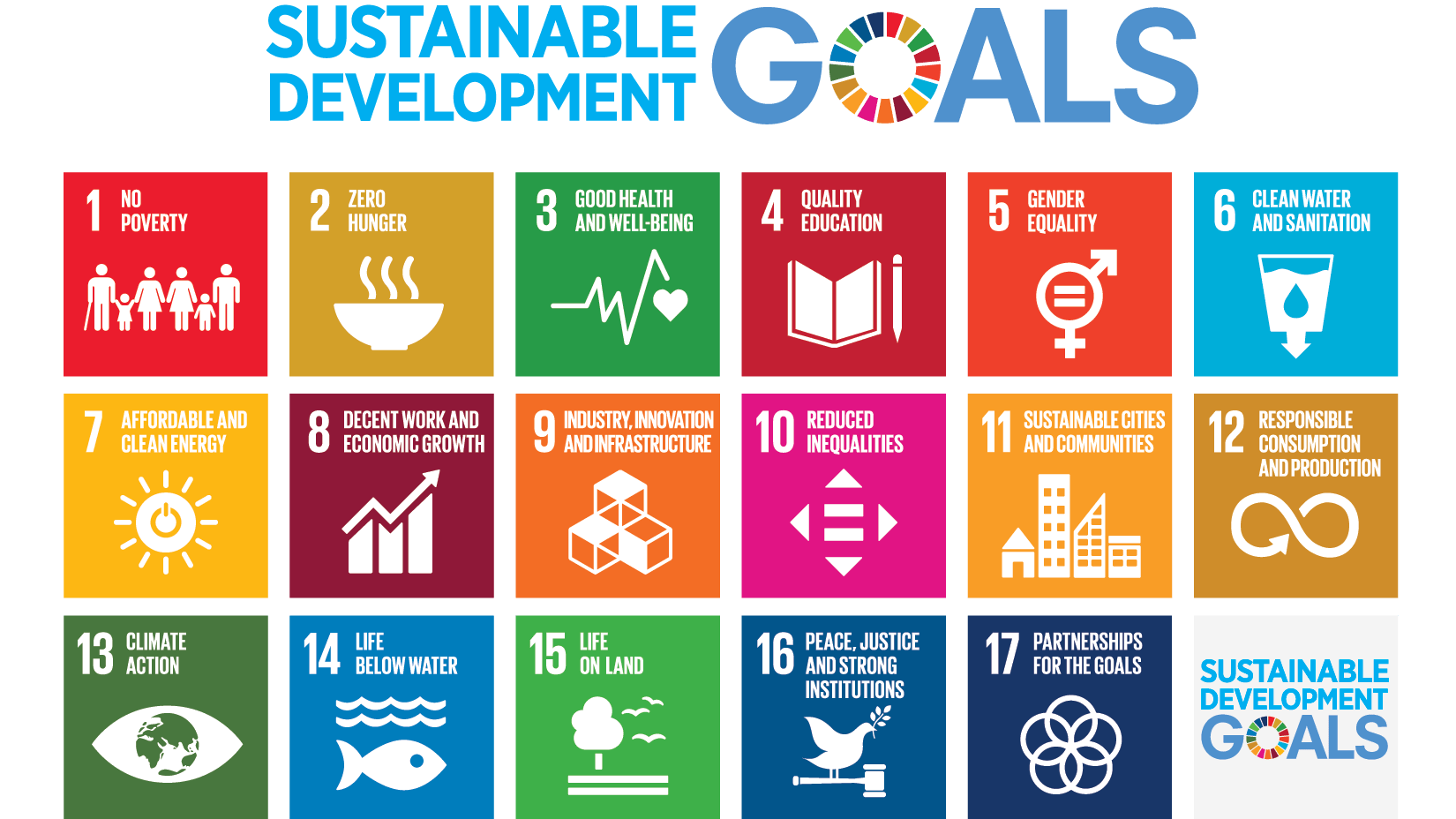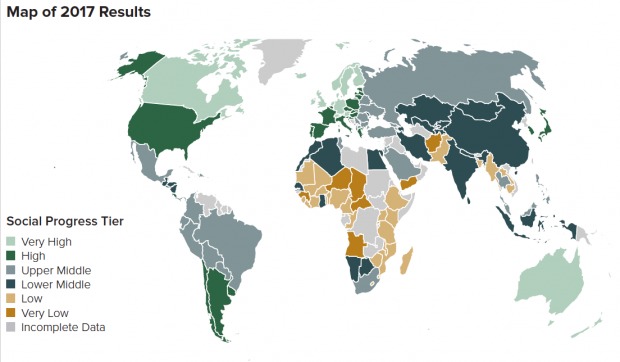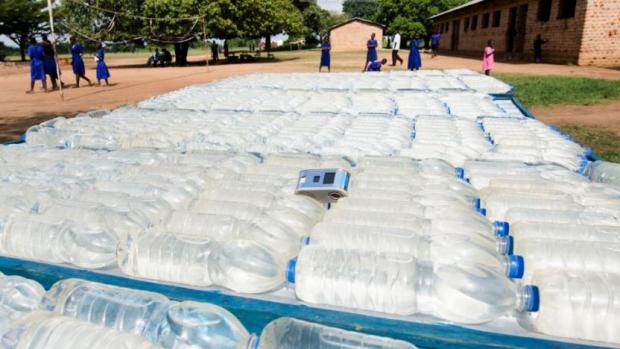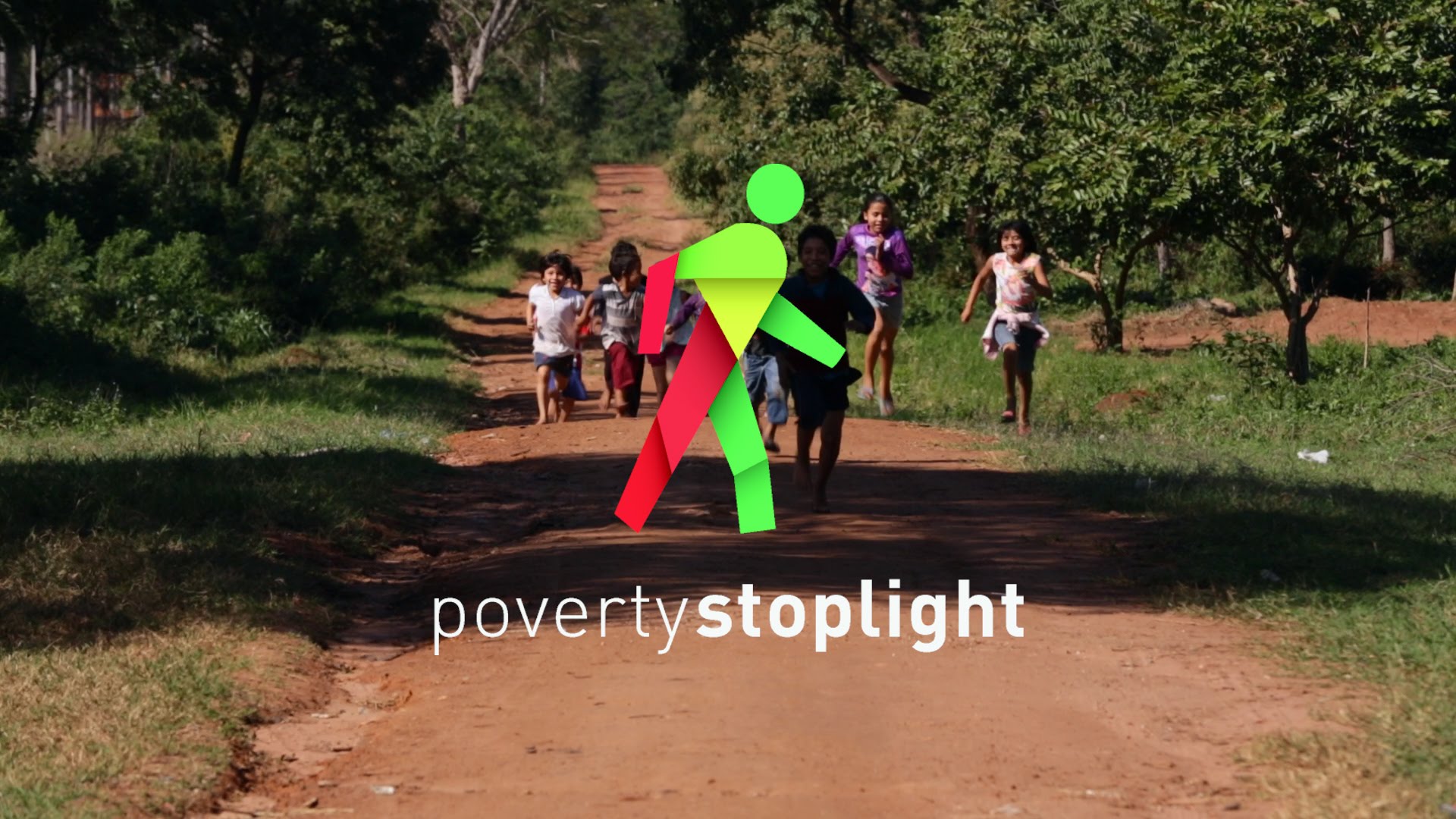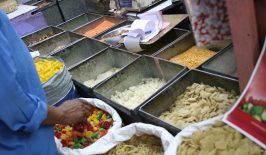Since the United Nations adopted the Sustainable Development Goals (SDGs) in 2015, governments, NGOs, and social entrepreneurs around the world have been striving to bring them to fruition. The 17 targets, also called Global Goals, conceptualise a comprehensive push towards an international 2030 agenda. It is hoped that by focusing efforts on achieving the 17 different goals, national policy-makers will make marked progress in addressing pressing issues such as gender inequality, poverty, hunger, climate change, and more.
Highly intertwined, all of the SDGs connect in ways that make each dependent on the others for success. For example, fighting climate change (Goal 13 Climate Action) also alleviates the exacerbation of social inequalities (Goal 10: Reduced Inequalities), ocean acidification (Goal 14: Life Below Water), polluted drinking water (Goal 6: Clean Water and Sanitation), the droughts that perpetuate hunger crises (Goal 2: Zero Hunger), and the rising tides that threaten coastal communities (Goal 9: Industry, Innovation and Infrastructure, and Goal 11: Sustainable Cities and Communities ). Having access to good quality and sufficient supplies of food (Goal 2: Zero Hunger) also works to benefit overall health (Goal 3 Good Health and Well Being) and lift the burden of poverty (Goal 1: No Poverty).
For the member states of the United Nations, advancing toward the targets set by the SDGs means all societies developing together towards a more sustainable and equitable future.
From MDGs to SDGs
A precursor to the SDGs, the Millenium Development Goals, were set back in 2000 and oversaw a reduction in global poverty (which fell 17% between 1999 and 2013), global maternal mortality (the ratio fell by 37% from 2000 to 2015) and an almost 40% decline in new HIV/AIDS infections. However, scholars and practitioners alike criticized the MDGs for their failure to accurately depict the need for development among all nations.
In the beginning, the Millenium Goals acted as a motivational mechanism to increase development efforts in and on behalf of poor states. Distinctions were made between “developing” and “developed nations” in a language critics deemed as legitimising international, structural inequalities between states. Researchers in particular found issue with unfair pressure put on the entire African continent, ignoring distinct economic and cultural differences between each state. Applying standardised indicators (often politically motivated in their creation) of societal amelioration to the continent as a whole, a troublesome picture of African states was painted in UN progress reports.
After a considerable amount of research and assessment, the SDGs are an update and an extension of the framework of the MDGs. They form a modernised blueprint for development agreed upon by the world’s states and leading developmentinstitutions. In this updated list of worthy targets, all societies are compelled to achieve marked improvements in all indicators (regardless of income), and distinctions between “developed” or “developing nations” were dropped. Within these goals the message is clear: every society has much to contribute.
The Sustainable Development Goals Today
According to the 244 UN indicators used to measure progress on the SDGs, advancement on these most recently set targets has been mixed thus far. On some fronts, development seems to be on track to meet 2030 deadlines. The researchers who formulate the Social Progress Index (SPI) have concluded that social progress has accelerated worldwide since their last survey in 2014.
Breaking away from traditional economic indicators based solely on national income or GDP, the SPI determines social progress based on over 50 indicators applied to data from partner organisations, NGOs, and governments around the world. Their methodology concentrates on establishing if the basic social and health needs of citizens are met, and include quality-of-life measurements like literacy rates, tolerance and inclusion, freedom of expression and reproductive choices. On these grounds, it appears that worldwide social progress is accelerating.
However, a UN report from late 2017 paints a different picture of nations’ performance when it comes to sustainable development. Although the Paris Climate Agreement in 2015 bound states to an environmental framework essential for the achievement of several SDGs, more than 2 billion people are still affected by water stress (Goals 3 and 6) , and the global material footprint of humanity has increased by over 20 billion metric tons from 2000 to 2010 (Goals 11, 12, and 13).
In opposition to Goals 5, 10, and 16 , almost one in three people globally were held in criminal detention without trial or sentencing in 2013 to 2015, and women everywhere still face considerable structural disadvantages in escaping poverty. Though quality of life is improving according to SPI indicators, increased consumption is threatening our health and the health of the environment.
For now, the calls for solutions and innovations to meet the targets set by the SDGs are louder than ever. Technology and innovation are crucial for achieving the UN 2030 agenda, as well as a community of actors in government, industry, and civil society.
Who Is Working to Achieve Them? And How?
Thankfully, hundreds of thousands of organisations and projects around the world are stepping up to these challenges, and developing social enterprises and businesses that tackle either one or more of the goals head on.
Here is our pick of just four examples of these global change-makers, and the goals that they’re advancing around the world.
Each of them is has dedicated themselves to the achievement of the UN’s global goals in some concrete way – either by joining the United Nation’s voluntary Global Compact Initiative (which encourages businesses to adopt sustainable and socially responsible policies), because their founders have been recognised one of the UN’s “Young Leaders for the Sustainable Development Goals”, by being selected to present at the UN’s Solutions Summit (a UN event highlighting entrepreneurs who are advancing the SDGs) or by signing the Climate Neutral Now pact, (a project run by the UNFCCC that helps in implementing the Paris Agreement and fosters investments in climate-friendly projects which contribute to changing and improving lives in communities).
All of them come from very diverse parts of the world, and for all of them, tech and innovation are key to their strategy.
Feeding India
In the country with the world’s highest number of undernourished people, Feeding India is combating the problems of both hunger and food waste by reallocating the growing mountains of leftover food to India’s approximately 194.6 million hungry citizens.
Goals Addressed: 10 (Reduce inequality) and 2 (Zero hunger) and 12 (Responsible Consumption and Production)
Helioz
With a gadget approved by the World Health Organisation, the Vienna-based non profit Helioz is working to improve global access to drinking water. Their palm-sized WADI system is a solar powered UV measurement device that shows a “smiley face” when water in PET bottles, once exposed to the sun, is safe to drink.
Goals Addressed: 6 (Good Water and Sanitation) and 3 (Good Health and Well-being)
Poverty Stoplight
Created by the former Chief of Staff to the President of Paraguay, Poverty Stoplight uses 50 indicators in their survey technology to determine the most urgent problems in low-income areas. A digital, accessible needs assessment for NGOs and humanitarian aid workers, Poverty Stoplight literally maps the needs of communities, allowing for the most efficient application of resources.
Goals Addressed: 1 (No Poverty)
WeNow
This France-based green startup develops and markets technologies to increase energy efficiency in vehicles. Teaming up environmentalists with private industries, WeNow helps fight emissions from car traffic in a direct, innovative way.
Goals Addressed: 12 (Responsible Consumption) and 13 (Climate Action)
Moving Forward Together
The global recognition of the SDGs marks the beginning of a new, shared sense of responsibility when it comes to sustainable development. Moving forward, every state must offer its own contribution when it comes to meeting the set targets, and each goal is interdependent on the achievement of others. Achieving them requires a collective effort, where all citizens have the possibility – and the challenge – of working together to improve quality of life across the globe.
